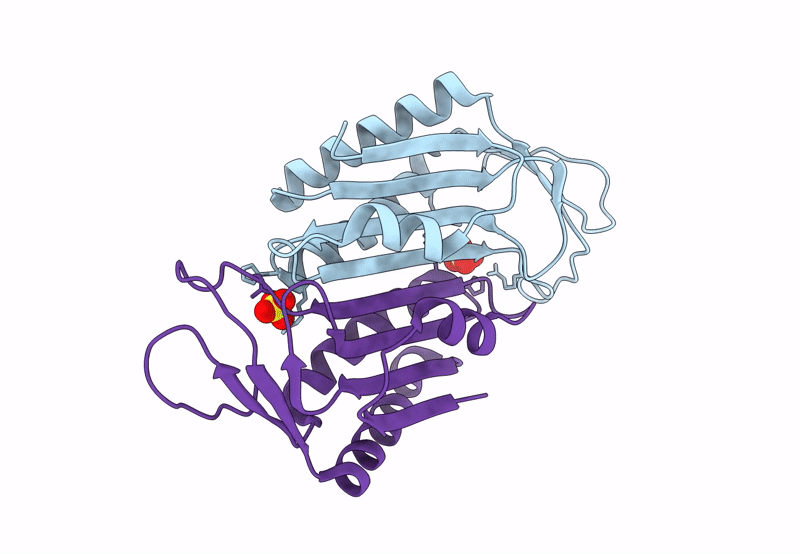
Deposition Date
2022-11-30
Release Date
2023-10-18
Last Version Date
2024-11-27
Entry Detail
Biological Source:
Source Organism:
Deinococcus radiodurans R1 (Taxon ID: 243230)
Host Organism:
Method Details:
Experimental Method:
Resolution:
2.00 Å
R-Value Free:
0.23
R-Value Work:
0.19
R-Value Observed:
0.19
Space Group:
C 2 2 21


